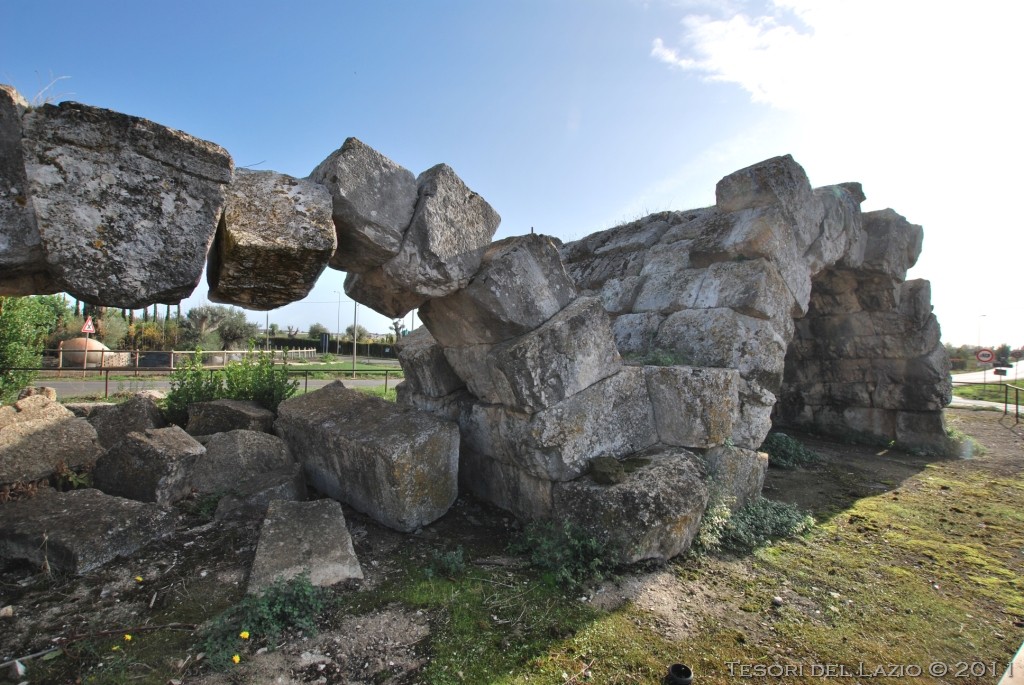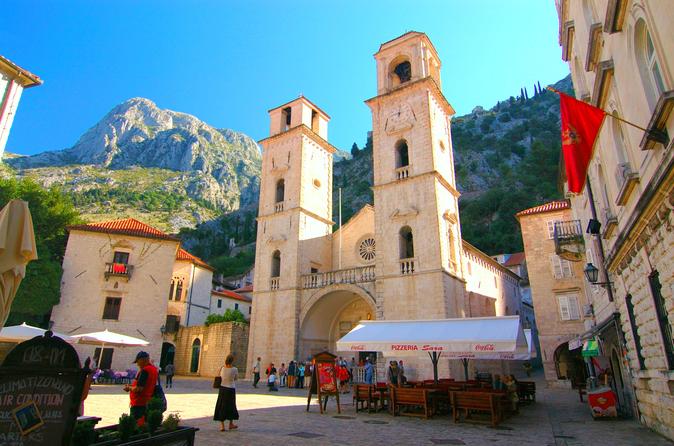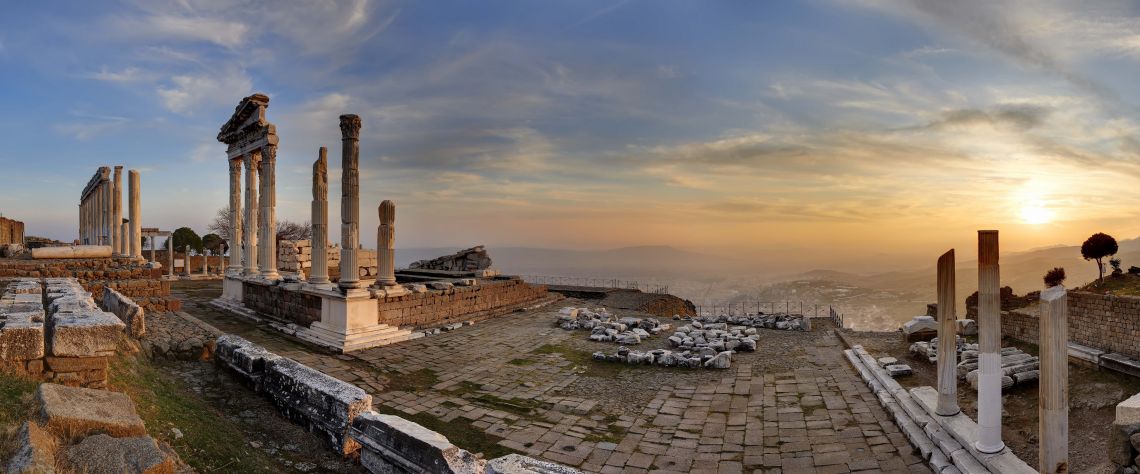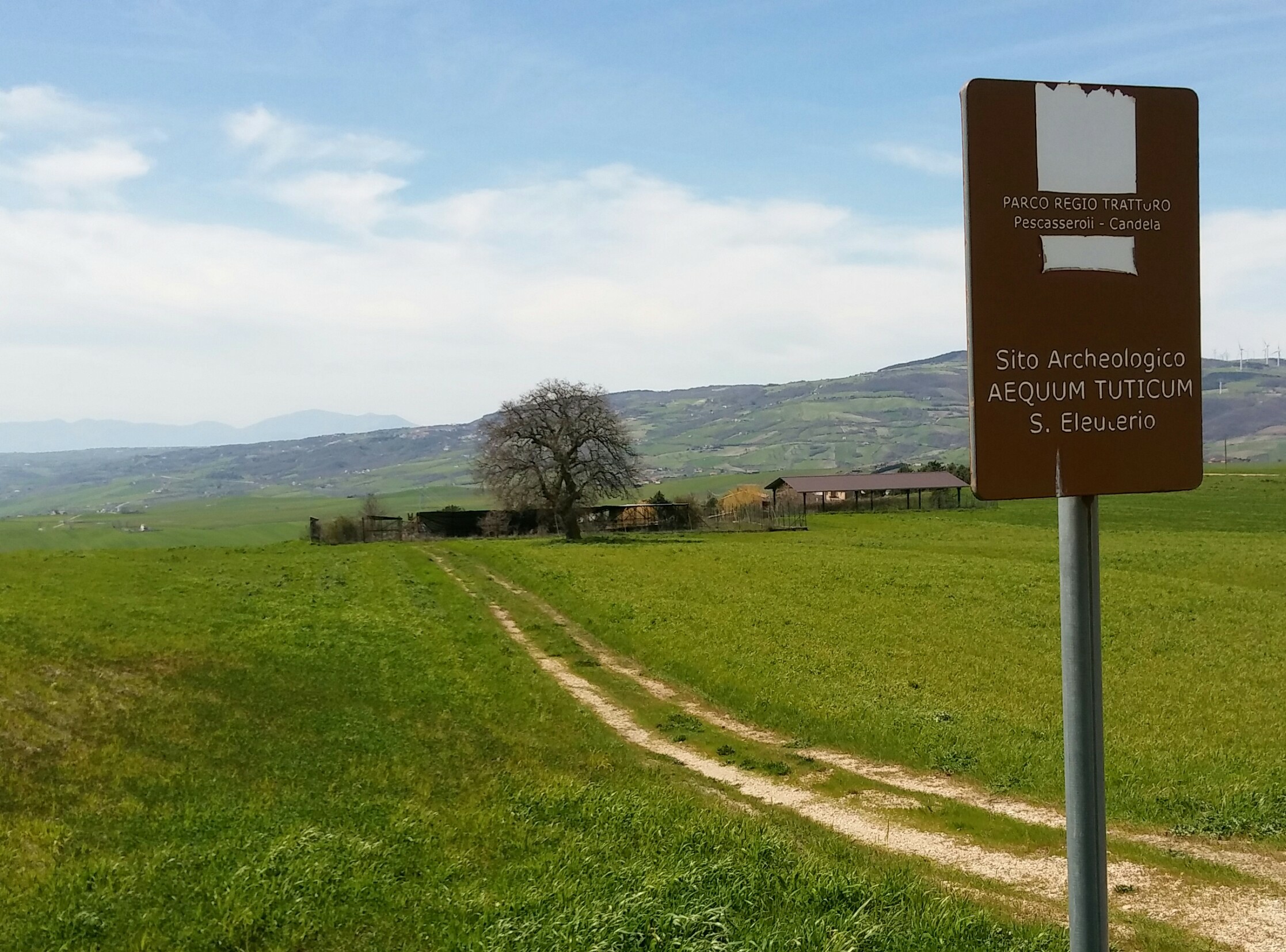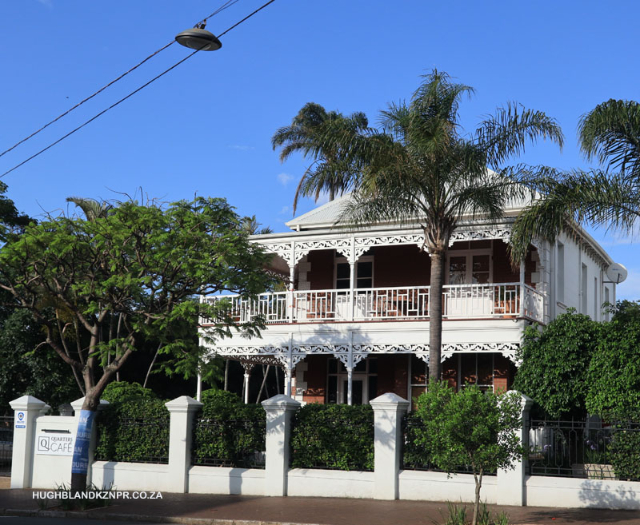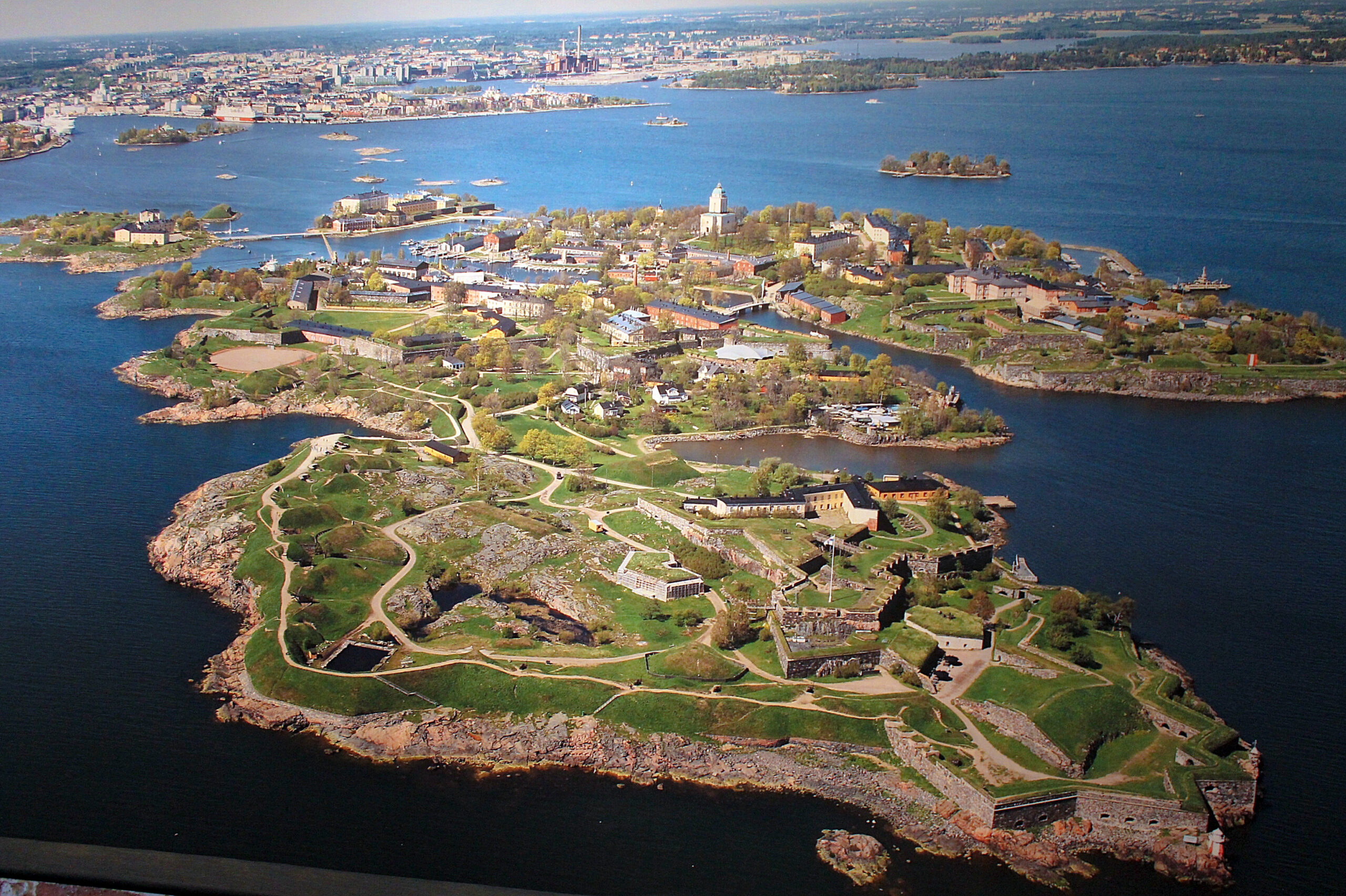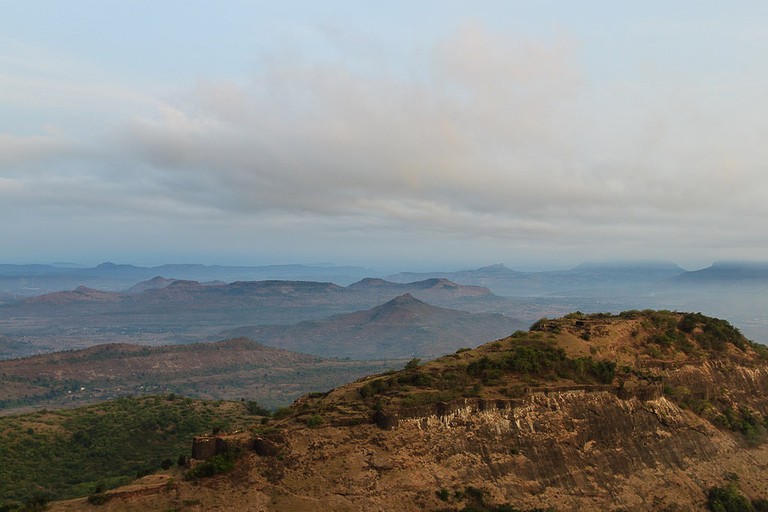It is quite impressive to note that the ground here is perfectly level and there is no watercourse to cross. In fact, the river that underpassed the bridge was drained in the 1930s as a result of the works to regulate the High Waters of the Pontine Marshes. The ancient bridge, made entirely of opus quadrata, served a fairly important road that connected the Via Appia to Setia ( Sezze).
This monument is located, isolated, at a road junction at the foot of the Volsci-Lepini Mountains on the Pontine side. We are in a flat area set between the mountains and the Via Appia which runs at a lower elevation not very far from here; the road that grazes the arches is parallel to that important road (and this is a circumstance that ties in with the origin of this which was the bridge of a route connected to the ‘ancient Via Appia). This is an agricultural area, just above the level of the former Pontine Marshes, and here today there are also flourishing kiwi crops.
The name of the Arches derives from the monk (who later became a Saint) who had reused this ANCIENT ROMAN BRIDGE in his work of draining the marsh, conducted in the 11th century in conjunction with the FOUNDATION OF A NEARBY MONASTERY (St. Cecilia) now disappeared. This Bridge was of REPUBLICAN EPOCH, (probably of the 2nd B.C.) and the road for which it was built was a road section that broke off from the XLI mile of the ancient Appian Way and led under SETIA (ANTICA SEZZE) thus continuing on to Privernum from which the Via Latina (in the Sacco Valley) could be reached (i.e., also Terracina). It was probably also part of the alternative route to the Appian Way that, a few centuries later, NERVA CREATED TO AGGATE THE PALUDI when they created problems in reaching from Forum Appii to the northern gate of Decennovium (Terracina).
THE BRIDGE KNOWN AS THE ‘ARCHES OF SAN LIDANO’
The monument is in opus quadratum (built with large blocks of local stone) and was originally formed by THREE ARCHS IN ALL SIXTIES, for a width of m. 4.50 and a length of m. 13.50.
Of the ancient construction, only the CENTRAL ARCH (intact) and one of the ramp arches (battered) are recognizable, while remnants of the other ramp arch can be observed in the surrounding ground; no traces of the watercourse that underpassed the Bridge. The age of this Bridge corresponds to the EPOCA OF THE MAXIMUM SPLENDOR OF SETIA, of which, moreover, many traces remain in the area (such as the majestic remains of the Villa alle Grotte and the Tomb known as La Torre); in Sezze itself, sections of walls and other Roman remains are preserved.
The area is also very important for Italian prehistory: nearby is the ‘Arnalo dei Bufali, a cave where a famous schematic depiction of man, painted in red ochre, was found (from the Paleolithic, now in the Pigorini Museum in Rome). In Sezze stands an interesting Antiquarium dedicated to the many archaeological finds and other local Roman, pre-Roman and prehistoric evidence.
